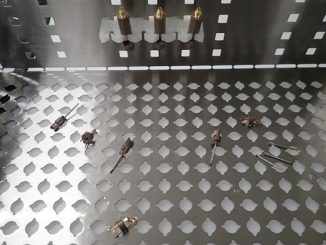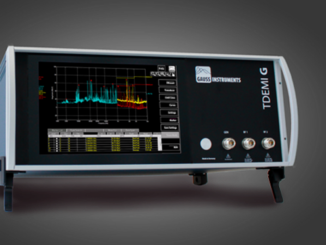By Patrik Kalbermatten, Senior Manager – Distribution Promotion Product Management Magnetic, Sensor & Actuator at KEMET Electronics Corporation
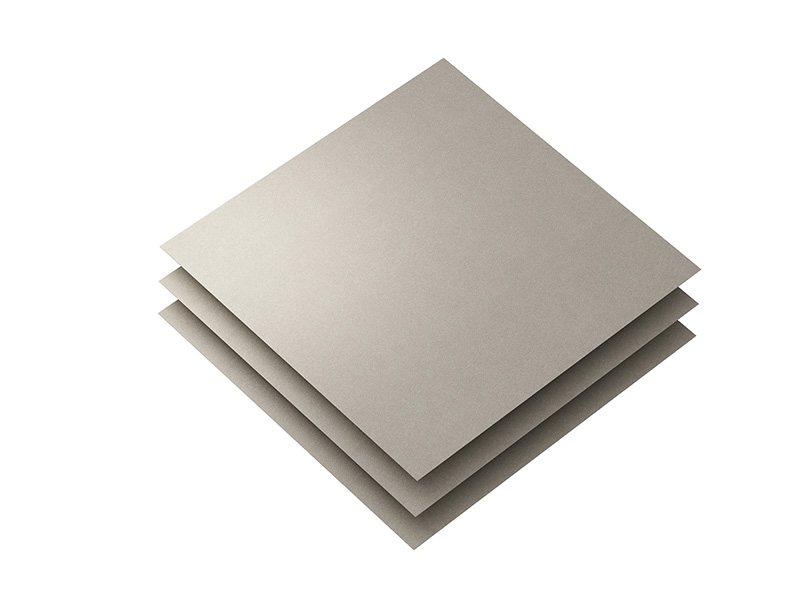
All products must be tested for EMC compliance before being sold and experienced engineers know that planning must start in the early design phases to be successful. Approaches include good design practice, simulation, and pre-testing although these are not always successful, and issues found during testing are often mitigated by adding additional filtering or shielding to obtain a pass.
An alternative (or additional) ‘fix’ involves sheets of composite magnetic materials that can be cut, shaped, and stuck to block EMI. These noise suppression sheets (NSS) are available with differing permeabilities and thicknesses to suit multiple frequencies.
Compared to metal shields, NSS are easy to use and require no tooling. They can also wrap around wires to replace ferrite beads. While NSS are often used tactically to address issues found in testing, they can also be used strategically as part of a well-considered design.
NSS overview
NSS are made by blending micron-sized magnetic material powders in a polymer to create a composite magnetic material.

The material has complex permeability (µ) comprising two components, µ’ and µ’’that respectively determine the ability to support magnetic flux and the noise absorption effectiveness. By carefully controlling these properties, KEMET created the FLEX SUPPRESSOR® NSS product line, that attenuates noise signals and sustains magnetic flux from 1MHz to 40GHz.
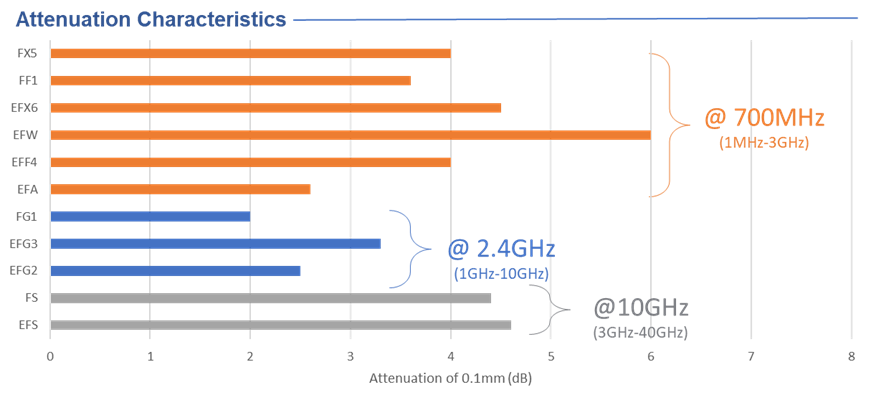
NSS for noise absorption
Given that EMC mitigation should be considered from the inception of all design projects, NSS can be considered as part of any solution from the outset. In addition to preventing unwanted interference with nearby equipment, good EMC design will prevent any system from self-interference.
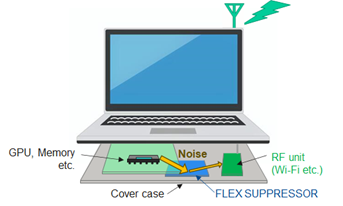
Designs will contain multiple interference sources, including signals reflected from casings, openings in the case, internally radiated noise, and even crosstalk from other sections of the circuit. Adding multiple filters and introducing shielding requires space, complicates the design, and adds weight and cost. However, applying NSS is faster, simpler, and cheaper as no real-estate or additional components are needed.

NSS can de-sensitize receiver circuitry in wireless devices such as mobiles, IoT nodes, and remote controls to enhance reliability and range while reducing RF transmitter power requirements and easing receiver design. This reduces overall power consumption and size and extends battery life.
NSS can be applied to protect against electrostatic discharges (ESD) that cause system failures as well as being used to boost electromagnetic coupling between transmitters and receivers, thereby enhancing the performance of wireless power transfer (WPT) systems for faster charging and increased energy efficiency. For more info, visit www.kemet.com
About the Author:

Patrick Kalbermatten is a senior manager of Distribution Promotion Product Management Magnetic, Sensor & Actuator at KEMET Electronics Corporation. He is a graduate of The Graduate Institute of International Studies in Geneva, Switzerland. He has 13 years of experience in the electronics industry working in sales, distribution, marketing, and product management. Since 2013, he has lived in Tokyo.

